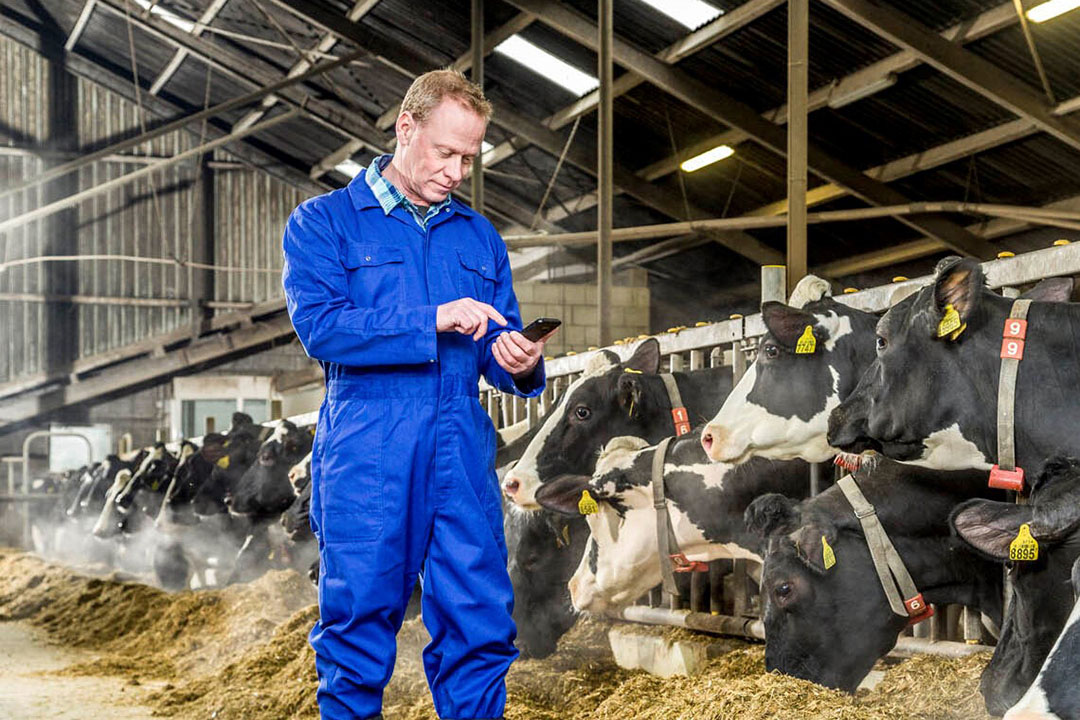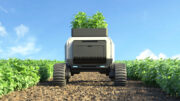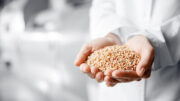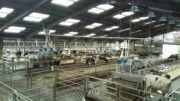Digitalisation is happening in all types of industries, and the animal feed sector is certainly one of them. By working with feed data in a more digital way, we can not only better manage the nutritional data, but also quality control and feed formulation is improved.
Digitalisation is aimed to make our lives easier and more fun. We have experienced this in the digitalisation of vehicles, household devices, entertainment electronics and health devices. While non-living things become ‘smart’, human beings become more efficient and aware. The digitalisation journey is happening in all types of industries, each having their own adoption pace, needs and focus. We also see differences in the impact digitalisation can make. In agriculture, the impact of digitalisation is and will be enormous. And we see this happening throughout the food production chain; from farmers to animal feed producers, raw material traders and procurement and food processors.
Agriculture: Creating a wealth of data
The reason why the impact of digitalisation in agriculture has so much potential is the wealth of data gathered through the massive volumes that go around in food production. We produce over 1 billion tonnes of animal feed per year that allows our animals to produce 532 million tons of milk, 76.7 million tons of eggs, 137 million tonnes of poultry meat and many other animal products. The size of the livestock sector creates a wealth of input and output data regarding animal performance, nutrition, feed quality and more. The data can be used to make better decisions, make things visual, see trends and better predict what is going to happen. Working with data means relying less on assumptions, but rather making decisions that are backed up with the data. Precision farming at its best.
Animal nutrition becomes more precise
Precision farming is becoming a common term in crop farming, but also increasingly in livestock farming. Precision farming “simply” means applying the right measure at the right time, based on the right data and insights.
When we zoom in on animal nutrition, we often talk about precision feeding, as part of a total set of precision farming practices. Precision feeding allows nutritionists to be more efficient with raw materials, better match the needs of the animal’s requirements, reduce feed losses, increase feed efficiency and optimise output of meat, milk and eggs. A change in the dosage of minerals or protein content for example can make a huge difference in terms of economics, but also in animal health and welfare. By being more precise, we can formulate diets that help farmers be more sustainable, resilient, and socially accepted. Precision feeding also means that we look at the animal’s requirements and better adapt the diets to these needs, taking animal species, age group, production status, market needs and the business objectives into consideration.

Bringing feed data together
In 2013, Trouw Nutrition developed NutriOpt, a suite of integrated digital solutions and services to support farmers with nutritional knowledge, improved animal diets and consistent, optimal animal performance. The user-friendly MyNutriOpt portal provides quick access to the selected NutriOpt services and brings all the data together. This is an important step in the digitisation of animal feed data, because it allows us to create different data sets, visualise the data, see trends in raw material quality and more. This digitalisation of feed data allows for better decision-making, from procurement to quality control, feed formulation and operational management. This is because you know the most accurate nutritional values and feed quality, the backbone of producing high quality feed.
The power of digital tools and data
The use of digital solutions and services in agriculture helps to increase efficiency, simplify the decision-making process and increase the accuracy and predictability of results. Over the last years, a true digitalisation is taking place in animal nutrition that creates more opportunities for precision feeding strategies. We become more accurate and are able to better streamline processes around raw materials, feed formulation and feed processing. This is a great step forward, because good animal health and performance starts with knowing the quality and nutrient value of your feed and raw materials. By being more precise and working with the true nutritional values, we can formulate diets that are closer to reality and better meet the nutritional needs of the animals.
Learn more about the NutriOpt services and solutions at: www.nutriopt.com.




